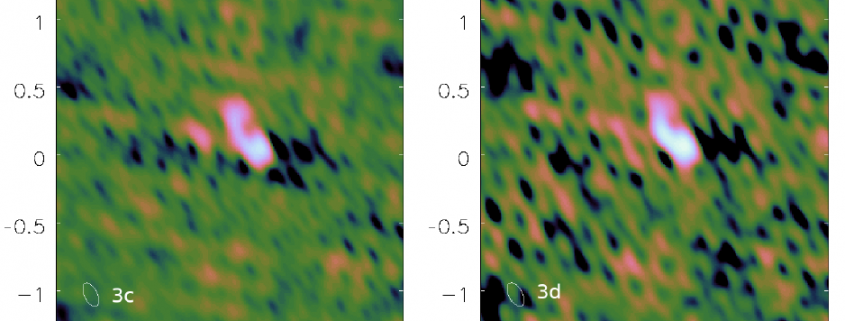Self-calibration and improving image fidelity for ALMA and other interferometers
The high quality of ALMA calibrated data sets allows researchers to tune the imaging parameters to their preferences, and to produce images ready for publication in few steps.
Sometimes the exploratory analysis of calibrated datasets can also show the need for post-calibration processing. Identifying and/or diagnosing imaging problems from structured artifacts, or to identify errors induced from the observations and/or prior calibration, could save valuable time when researchers deal with challenging datasets.
Although there is extensive documentation out there for experts, a document accessible for researchers less experienced with radio interferometry was still missing. Recently, Anita Richards et al. published an internal ALMA memo (620), also available in the ArXiv, with the title “Self-calibration and improving image fidelity for ALMA and other interferometers”.
This document is an up-to-date manual with practical explanations of the errors normally found in interferometric data, and corrections that can be applied.
The main topic is self-calibration, in particular with ALMA data. However, the concepts explained are also relevant for other long-baseline interferometers.
The document includes examples and a quick-start guide for continuum self-calibration, as well as special cases.
Complementary to the ALMA Memo is the I-Train tutorial on self-calibration. In this tutorial, Anita Richards, Emily Moravec, Carmen Toribio, and Andrés Pérez explain and show examples of self-calibration.



